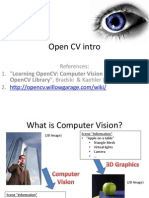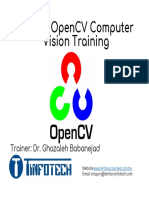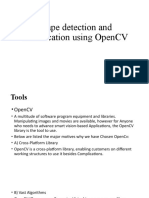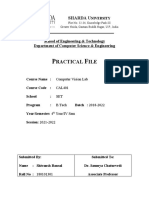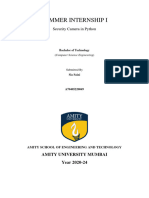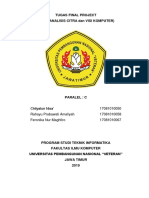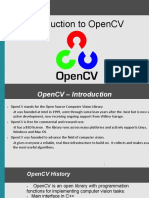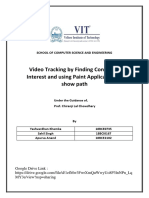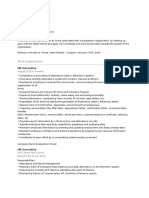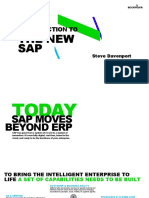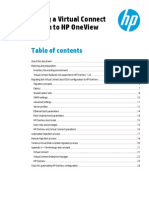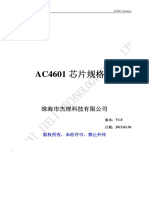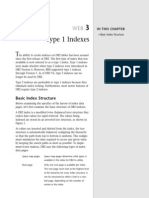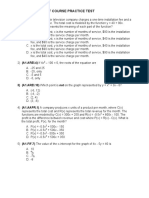0% found this document useful (0 votes)
152 views20 pagesReal Time Shape Detection
Our project is based on detecting shape of an object from the camera feed considering the object has same hue and colour using python and openCV
The project detects the shapes displayed on camera feed like square , rectangle , circle, pentagon etc by using openCV directory
Usage of hue, vibration and saturation scale is done to detect image colour and components. Further the shapes are analysed by counting their sides respective to defined curvature
Numpy and openCV libraries in python are u
Uploaded by
LAKSHAY GUPTACopyright
© © All Rights Reserved
We take content rights seriously. If you suspect this is your content, claim it here.
Available Formats
Download as PDF, TXT or read online on Scribd
0% found this document useful (0 votes)
152 views20 pagesReal Time Shape Detection
Our project is based on detecting shape of an object from the camera feed considering the object has same hue and colour using python and openCV
The project detects the shapes displayed on camera feed like square , rectangle , circle, pentagon etc by using openCV directory
Usage of hue, vibration and saturation scale is done to detect image colour and components. Further the shapes are analysed by counting their sides respective to defined curvature
Numpy and openCV libraries in python are u
Uploaded by
LAKSHAY GUPTACopyright
© © All Rights Reserved
We take content rights seriously. If you suspect this is your content, claim it here.
Available Formats
Download as PDF, TXT or read online on Scribd
/ 20
